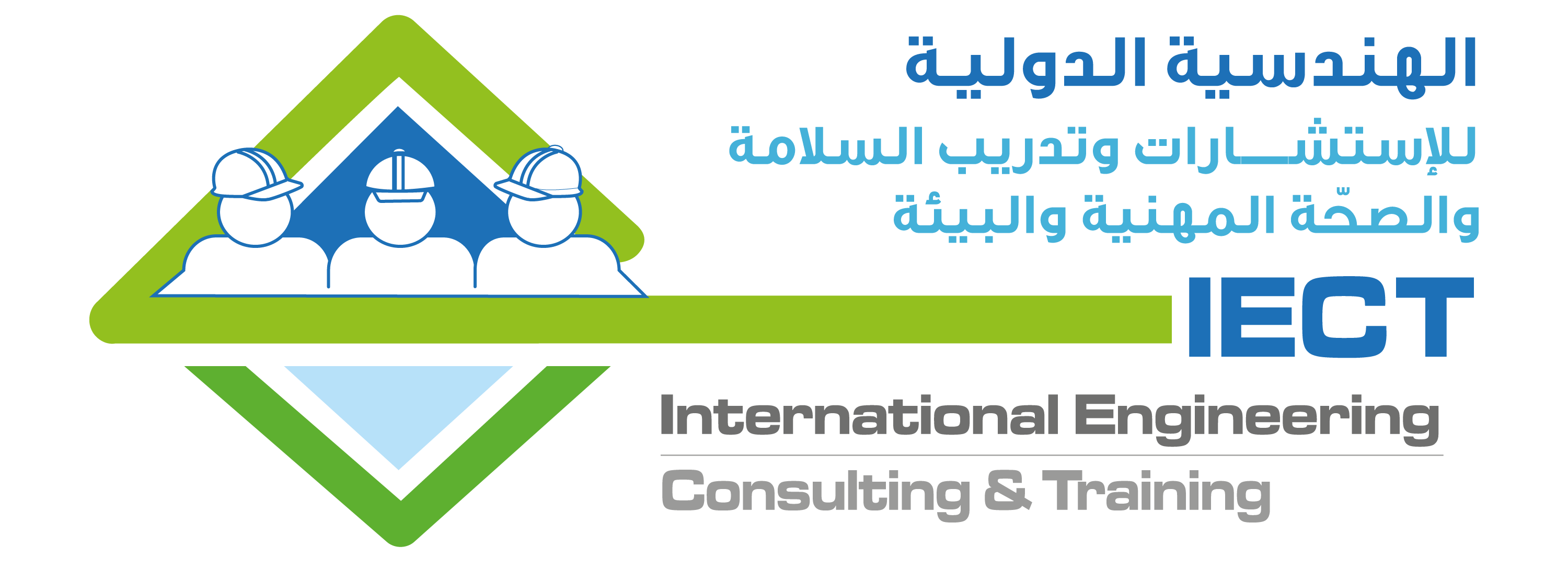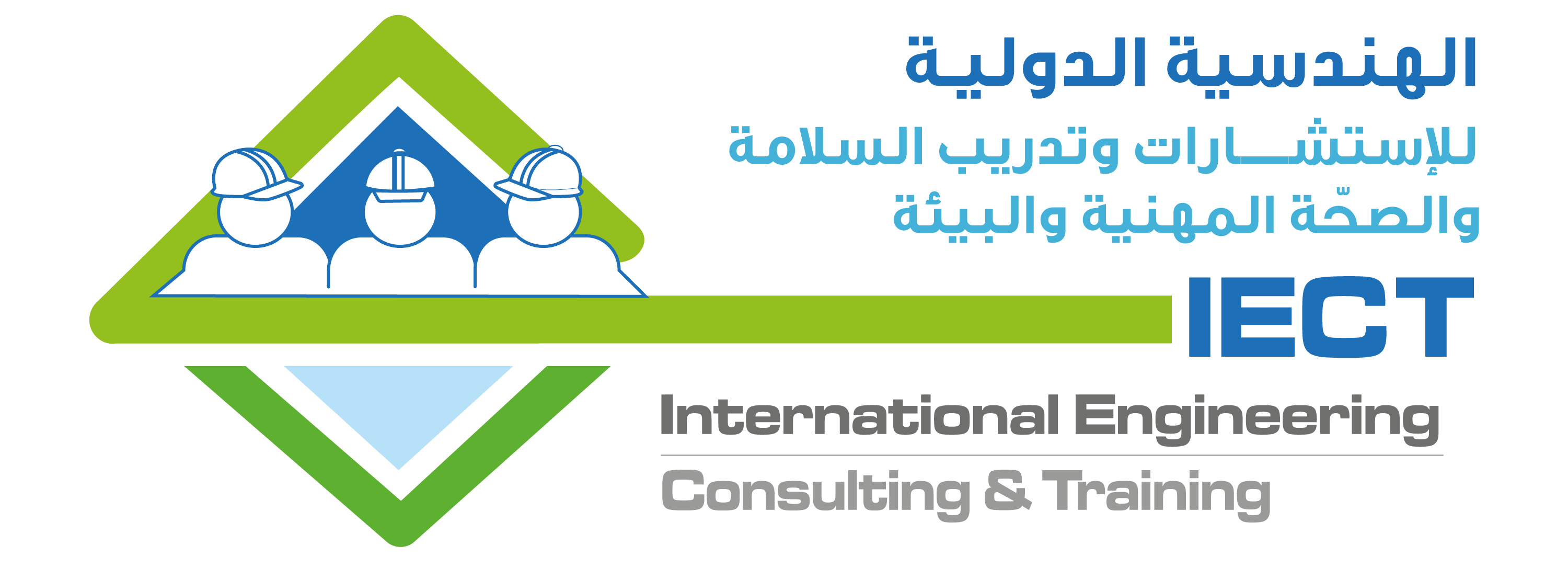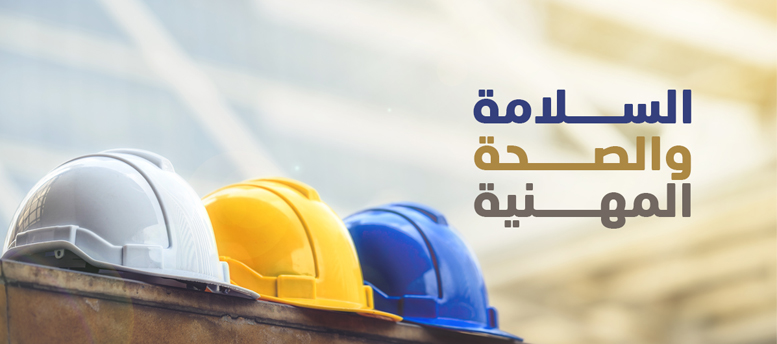How can you provide a safe work environment?
How can you provide a safe work environment?
After identifying each of the employee's role towards the institution through adherence to professional ethics, and we also shed light on the institution's role towards the institution by applying occupational safety and health rules, the time has now come to answer the basic question in our article, which is how can you provide a safe work environment?
Establishing an organization, company, or factory designed in a way that takes into account the nature of the work and all the risks that it guarantees, and you can do this by identifying all the work risks using job safety analysis.
What is meant by job safety analysis?
It is one of the oldest methods used to identify risks, where the project or phase is divided into several activities, and then each activity is studied separately with the aim of extracting and identifying risks in order to reduce the risk of injury to workers, and when you complete a job safety analysis JSA, you are taking steps To protect your employees and ensure that your workplace complies with standard safety systems, the job safety analysis report is broken down into four steps, making it easy to ensure that each part of the requirements is completed:
First, choose a function to analyze:
At some point, it is best to do a job safety analysis for each job that is performed in your workplace, but the truth is that you cannot take care of them all at once, so you will need to prioritize the jobs that you will look at first, for example in the construction industry, Occupations that involve fall protection can actually benefit from an occupational safety analysis due to the high rate of deaths due to falls. To decide where to begin, the Canadian Center for Occupational Safety and Health recommends considering the following factors:
Incident Frequency and Severity: The frequency - or severity - of past injuries can indicate where to start your job safety analysis.
Newly Created Jobs: New tasks can be riskier because your workers are not familiar with these jobs.
Possibility of serious injury or illness: Jobs that require handling of hazardous materials or conditions may have a higher potential for accidents.
Jobs performed infrequently: Like new tasks, jobs that are performed infrequently may have higher risks because employees do not know what risks to expect.
Secondly, the division of jobs into specific tasks:
Once you have identified the job you want to see, break that process into specific tasks that you want to accomplish, and make a list of steps from start to finish, for example commissioning a part of the machine might involve preparing for the job and then turning on the pieces of equipment, performing the commissioning task, and from Then shut down the machine, and complete any necessary cleaning afterward.
Third, identify the risks involved in each step:
Analyze each step separately, and identify the risks that may be present at any time. It is also important to scan the entire environment to find any potential risks, as the risk may not necessarily be present in the task itself, but may be present in the area where it is being performed. activity.
When identifying hazards, it is also important to prioritize and assess the risks of each hazard. Most safety professionals use risk matrix calculations to assess and prioritize the risks of these hazards.
Fourth, identify potential preventive steps to apply:
After identifying the potential risks, you need to determine the steps you can take to prevent these potential risks from becoming real. If you cannot remove the risks, you should look for ways to change work procedures or reduce the risks. Job safety analysis software can make this important process easier. to all concerned.
In sum, as an employer, you need to deal with occupational safety and health rules for workers and employees very seriously by setting the necessary policies and procedures to preserve the safety and health of employees and prevent risks and apply them firmly because providing a safe workplace is always the first priority, and if you need help Professionalism in applying these rules and working to integrate them into your work environment.



